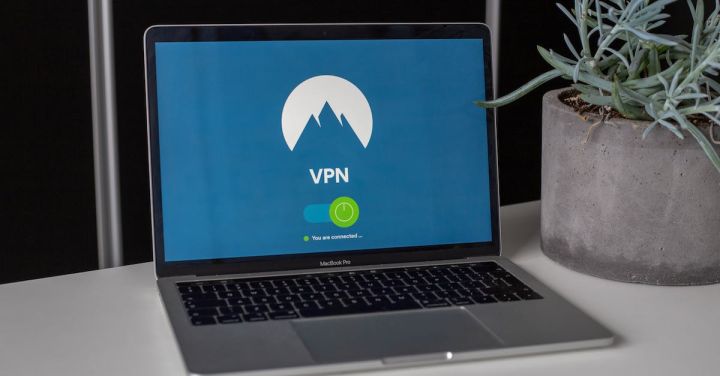What Best Practices Can Protect Your Network from Intrusions?
In today’s digital age, protecting your network from intrusions is of utmost importance. With cyber threats becoming more sophisticated and prevalent, it is essential to implement best practices to safeguard your network’s security. This article explores key strategies that can help protect your network from intrusions, ensuring the safety and integrity of your valuable data.
Understanding the Threat Landscape
Before delving into best practices, it is crucial to have a clear understanding of the threat landscape. Cybercriminals employ various tactics, such as malware, phishing attacks, and social engineering, to gain unauthorized access to networks. By staying informed about the latest threats and vulnerabilities, you can better protect your network from potential intrusions.
Implement Strong Authentication Measures
One of the most effective ways to prevent unauthorized access to your network is by implementing strong authentication measures. This involves using complex passwords, enabling two-factor authentication, and regularly updating login credentials. By requiring multiple forms of identification, you can significantly reduce the risk of unauthorized access to your network.
Regularly Update and Patch Software
Software vulnerabilities are often exploited by cybercriminals to gain access to networks. Therefore, it is crucial to regularly update and patch all software and operating systems. Software updates often include security patches that address known vulnerabilities, making it harder for intruders to exploit weaknesses in your network.
Use Robust Firewalls and Intrusion Detection Systems
Firewalls act as a barrier between your network and external threats, while intrusion detection systems (IDS) monitor network traffic for suspicious activity. By deploying robust firewalls and IDS, you can proactively detect and block potential intrusions, minimizing the risk of unauthorized access to your network.
Employ Secure Remote Access Practices
As remote work becomes increasingly prevalent, ensuring secure remote access practices is essential. This includes using virtual private networks (VPNs) to encrypt network traffic, implementing multi-factor authentication for remote access, and regularly reviewing and updating remote access policies. By securing remote access, you can mitigate the risk of unauthorized individuals gaining entry to your network.
Educate Employees on Security Best Practices
Human error is often a significant contributor to network intrusions. Therefore, educating employees on security best practices is crucial. This includes training employees on how to identify and report potential threats, promoting secure password practices, and raising awareness about phishing attacks and social engineering tactics. By fostering a security-conscious culture within your organization, you can significantly reduce the risk of successful intrusions.
Regularly Back Up Data
In the event of a network intrusion, having up-to-date backups of your data is crucial. Regularly backing up your data ensures that even if your network is compromised, you can quickly restore your systems to a pre-intrusion state. Additionally, storing backups offsite or in the cloud adds an extra layer of protection against data loss due to physical damage or theft.
Monitor Network Traffic and Logs
Monitoring network traffic and logs can help identify suspicious activity that may indicate an intrusion attempt. By regularly reviewing network logs and employing network monitoring tools, you can quickly detect any anomalies and take appropriate action to mitigate potential threats.
Conclusion: Safeguard Your Network Today
Protecting your network from intrusions requires a proactive and multi-faceted approach. By implementing strong authentication measures, regularly updating software, using robust firewalls and intrusion detection systems, employing secure remote access practices, educating employees, regularly backing up data, and monitoring network traffic, you can significantly enhance your network’s security. By taking these best practices into consideration, you can safeguard your network from intrusions and ensure the safety and integrity of your valuable data.






